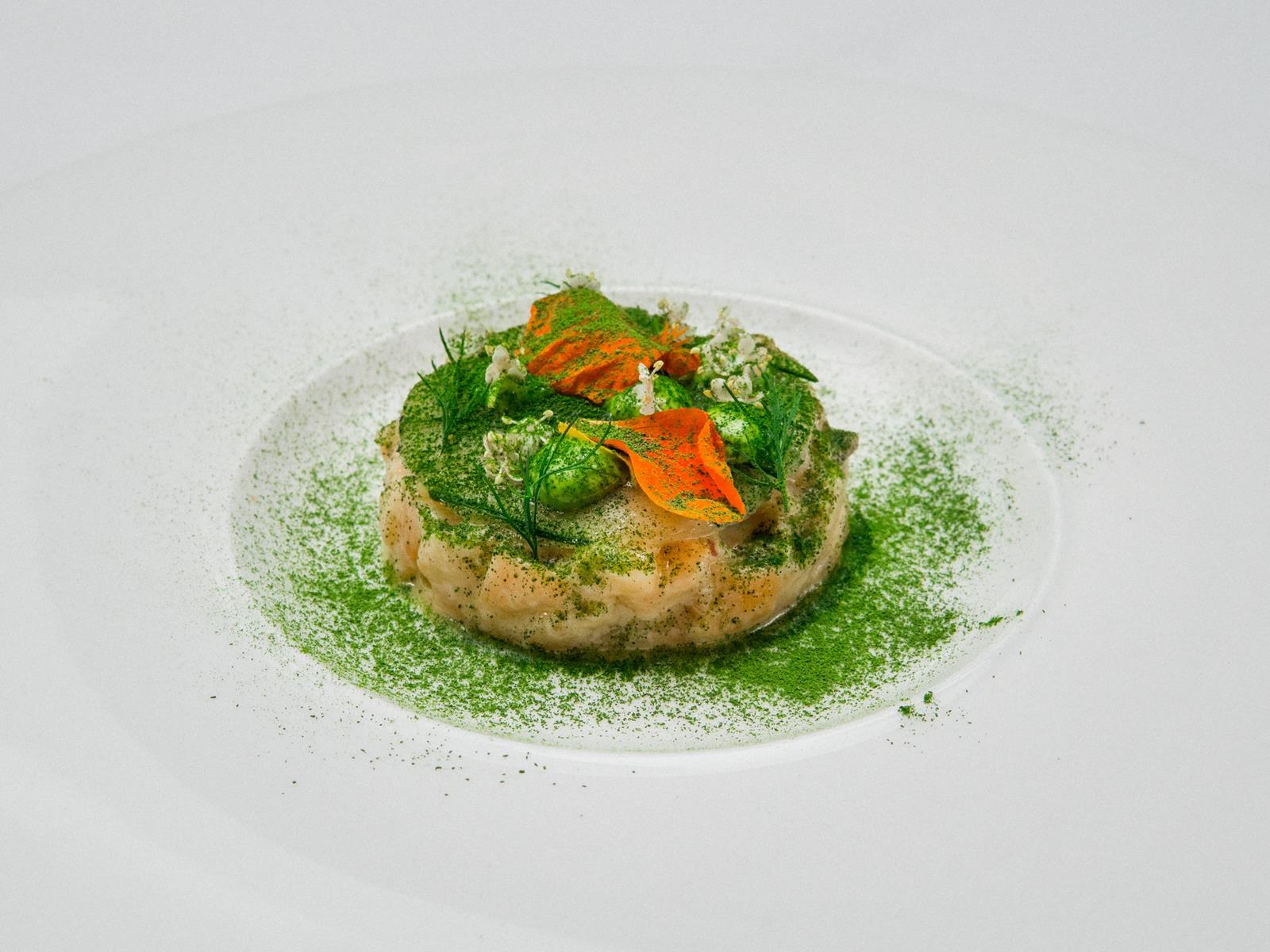Fine Dining Restaurants And The Fine Details That Make Them So Great
Fine dining is a term loosely applied to describe fine dining experiences at world-class restaurants. Fine dining chefs work at high-end restaurants, where they supervise kitchen staff, planning menus, creating new recipes, and serving food to guests. Unlike other employees in the fine dining business, fine dining chefs usually spend long hours in the kitchen working alone. Fine dining chefs often learn their craft through apprenticeship with experienced cooks and other chefs who have spent years perfecting their techniques. A career as a fine-dining chef can be a rewarding one, as they can work at the world’s best restaurants and enjoy the perks of being involved in a highly-personal work environment. But for those interested in starting a fine dining business, there are a few things to consider.
One factor to consider is education. Each state may require aspiring fine dining chefs to obtain a specialized license in order to legally open a restaurant. In many states, this education is based on the number of credits a student has successfully completed during his or her hospitality degree program. Just because a culinary student has a degree or certificate from an accredited institution does not mean that he or she is qualified to work in kitchens in high-end restaurants.
The next consideration is experience. Each state requires aspiring chefs to be licensed through one of several professional organizations. These organizations include the American Culinary Federation (ACF) and the Culinary Institute of America (CIA). These organizations also conduct testing to determine a candidate’s culinary skills, as well as his or her ability to work with others. In addition to being prepared for the licensing exam, aspiring chefs should also take a written exam from either one of these two organizations to ensure that they are prepared to work at a fine dining restaurant.
Another area of consideration is the kitchen itself. While many fine dining restaurants feature a wide variety of dishes, each restaurant owner and chef should be expected to know their ingredients and how to prepare them correctly. Some of the most common ingredients found in fine dining kitchens are soy products, rice, butter, eggs, wine, vegetables, herbs and fish. If the fine dining chef is expected to also know the proper preparation of these ingredients, then he or she will not only be expected to know the menu, but will also be expected to prepare these items correctly.
Before taking on this fine line of work, aspiring chefs should familiarize themselves with Italy’s regional cuisine. Although there are many Italian chefs that have made their careers in other countries, many of Italy’s best chefs originated in its many regions. One of the most popular Italian regions is Tuscany. Regional ingredients recipes are often used in Italian fine dining because of the abundance of local produce in Tuscany’s fertile fields. A typical fine dining restaurant will feature many different Italian regional dishes, which can include the typical red sauce, sausages, rabbit baked beans and prosciutto. Regional dishes will often have a unique flavor that is difficult to find anywhere else in the world.
Another thing that distinguishes good fine dining restaurants from great ones is the use of high quality ingredients. Italy is known for its agricultural prosperity, and the resulting wealth of fine dining chefs must use these resources effectively to prepare their dishes. Freshly prepared ingredients are a necessity, and some fine dining restaurants will only use the freshest meats, vegetables and fish as part of their menu. While some fine dining restaurants will stock up on items like caviar and truffles, others will simply have the local produce available for purchase.
Many fine dining restaurants will offer a formal menu that is suitable for groups of all sizes. Meals can be planned in advance, or the options can be changed based on the tastes of the staff. It is usually a good idea to eat with a group at a fine dining restaurant, as individual diners may be more comfortable dining at a place where their desires about the menu are respected. A large number of restaurants offer private buffets for groups, and these can also be a nice change of pace for regular customers.
Many fine dining restaurants also offer smaller family-friendly restaurants. These can be a great option for parents and children alike, since it gives the opportunity to not only eat at a fine dining establishment, but also at a restaurant that may not be as high energy or loud. A family-friendly restaurant can be the perfect place to meet with a romantic couple for an evening of conversation, or even for parents of small children to ease their minds after a few stressful weeks at work. There are also many places that serve breakfast and lunch, which are usually considered part of the fine dining experience because of the early morning or late afternoon seating and attention to guests. No matter what type of restaurant one chooses, the important thing is that the customer is made a special offer.
